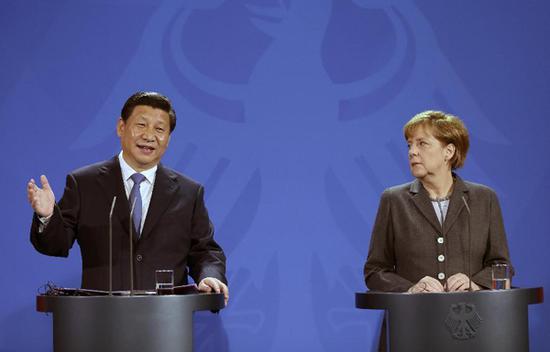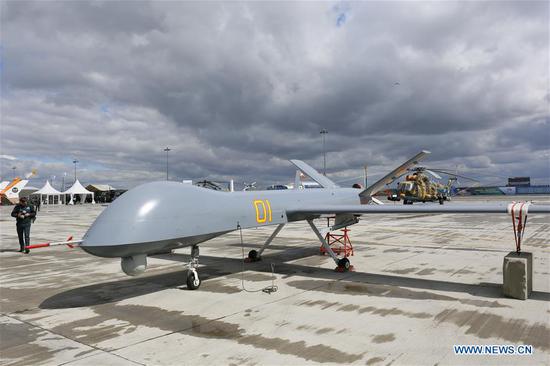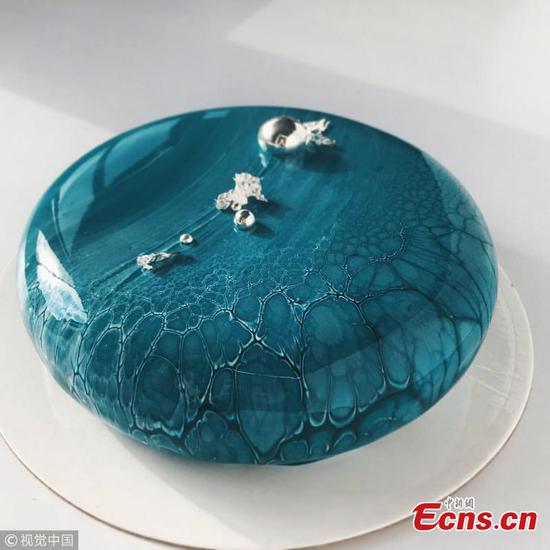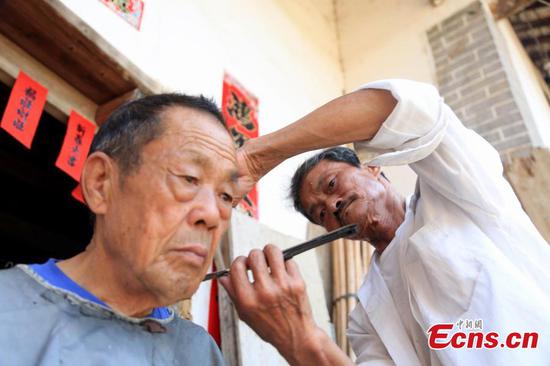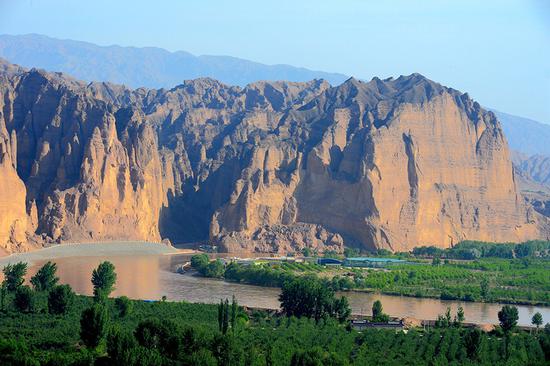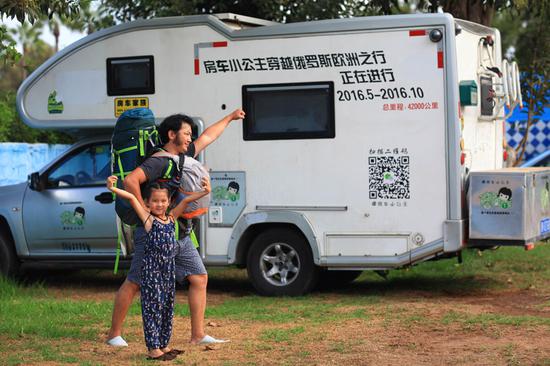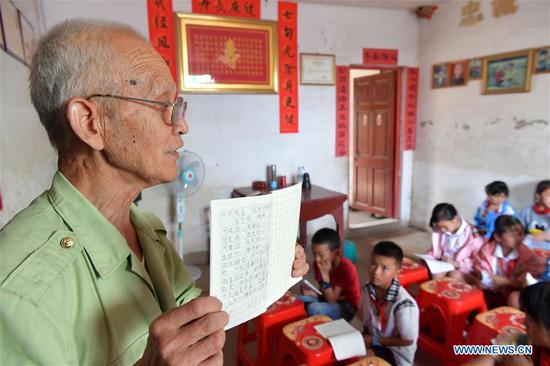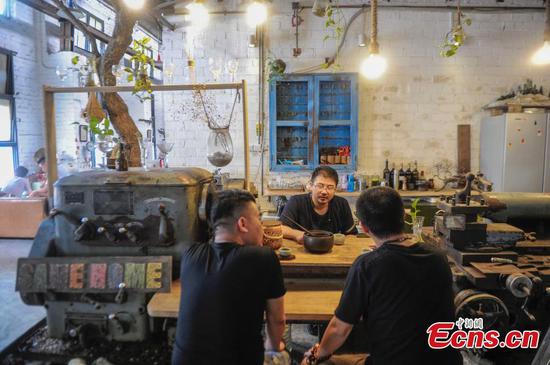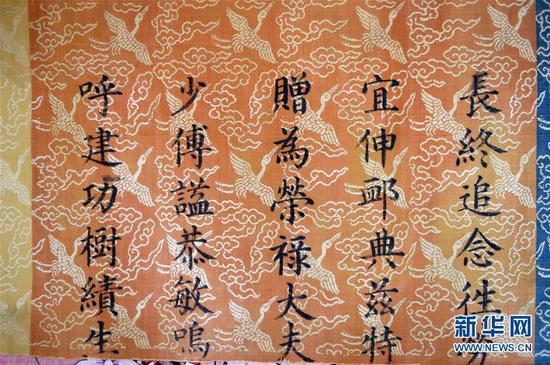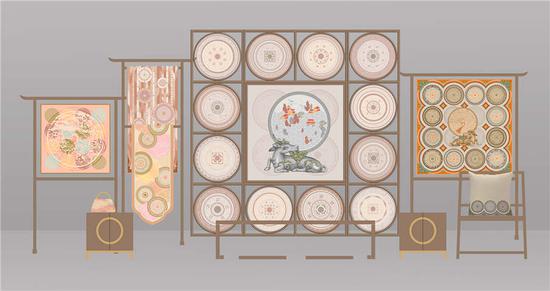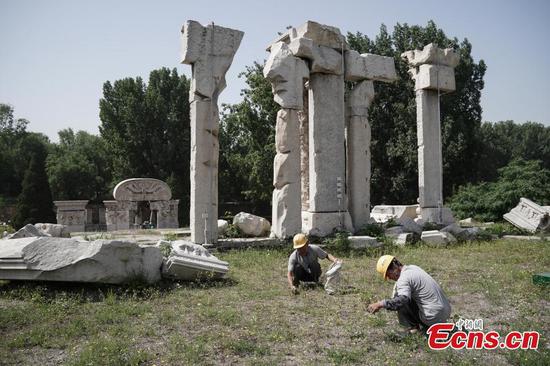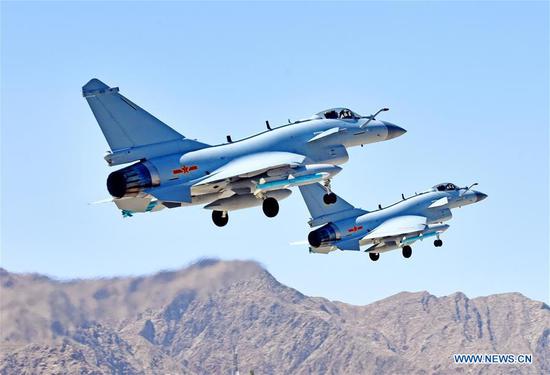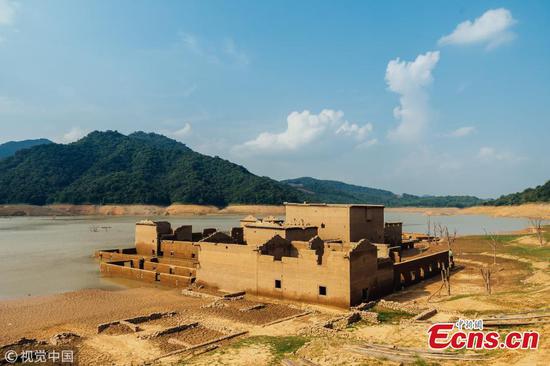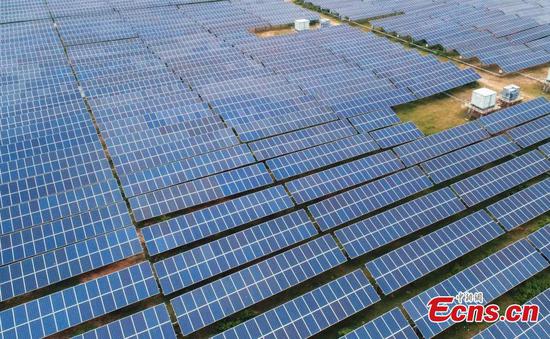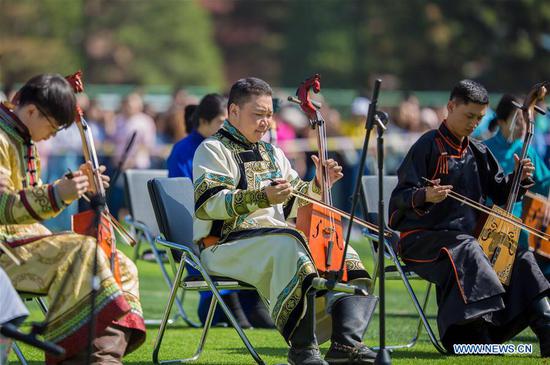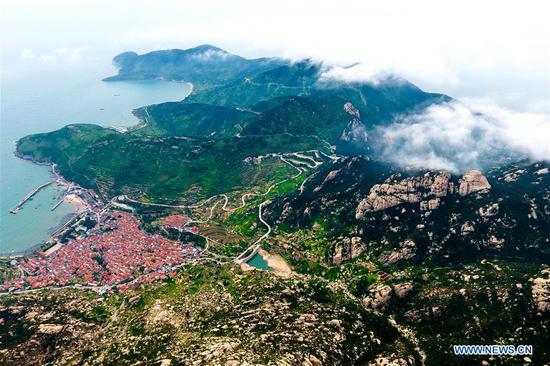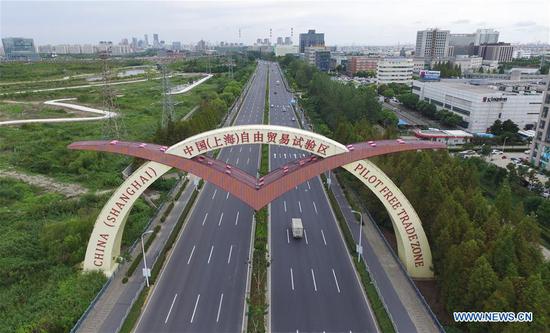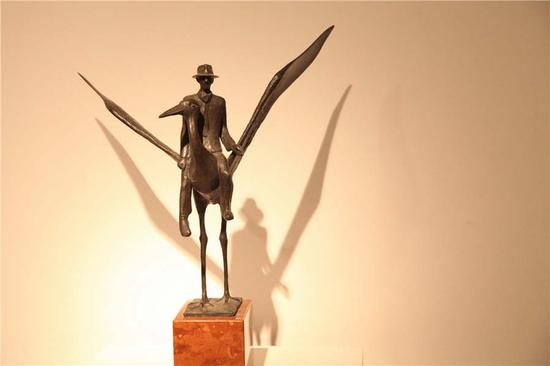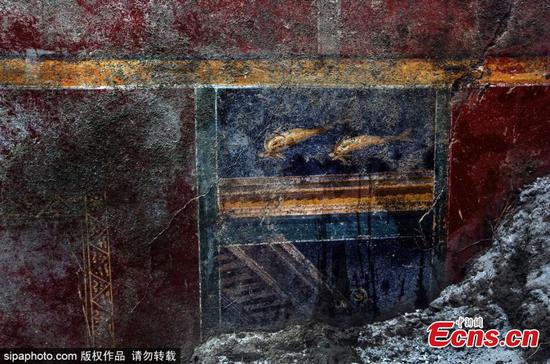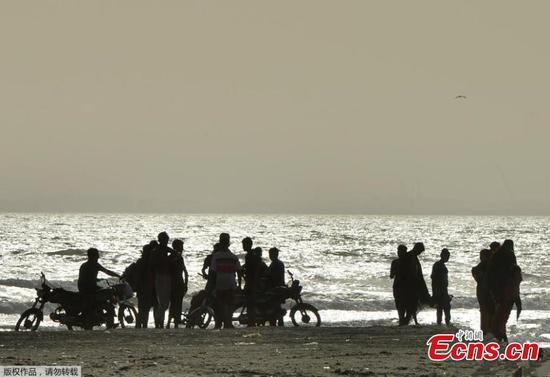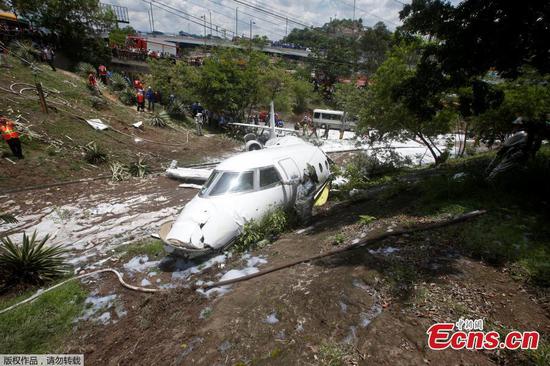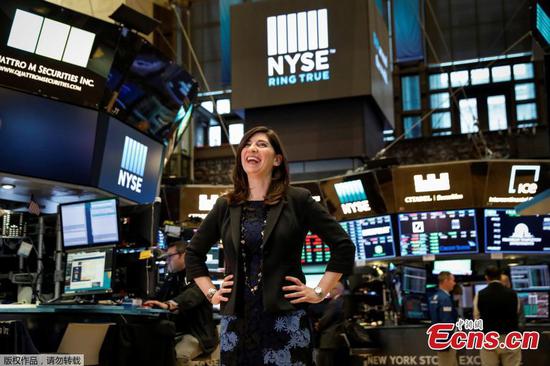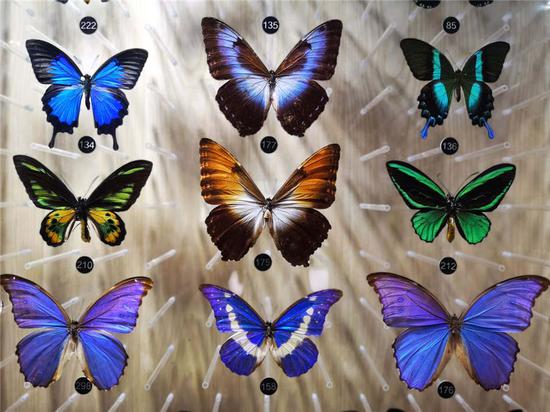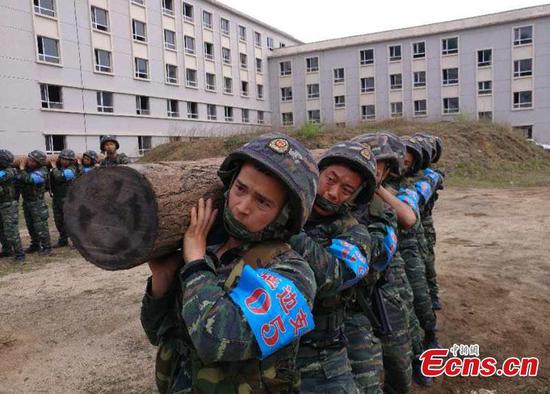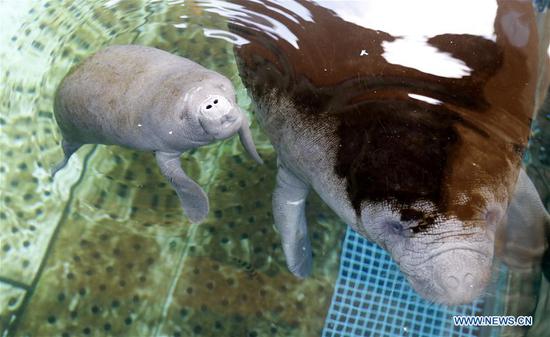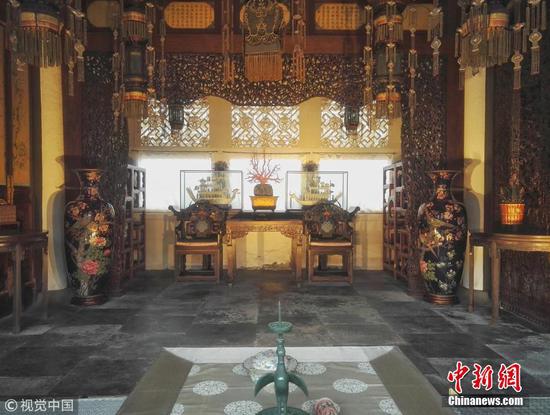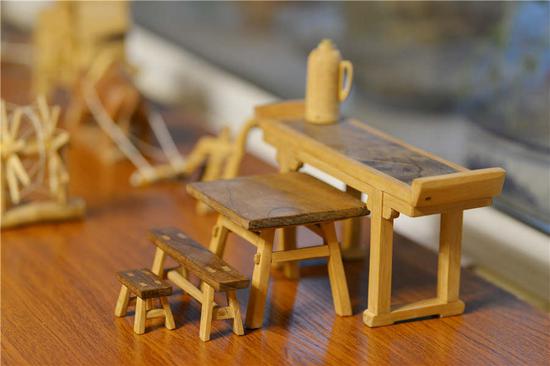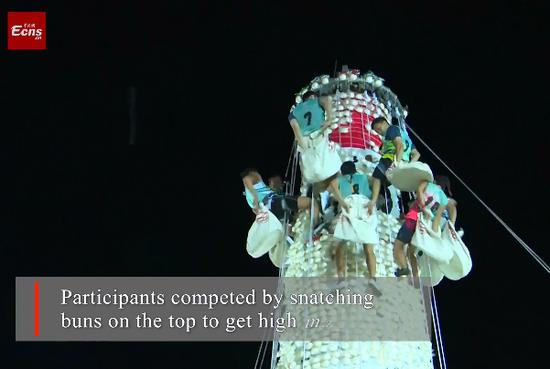Municipality leaps from manufacturing to creative industry
○ Chongqing, a former military industrial base, used to be home to hundreds of arsenals and factories
○ Caves and buildings once used for arsenal production are now being turned into fashion and art centers or cultural museums
○ People are becoming more aware of Chongqing's powerful industrial past
Fan Jianchuan still remembers the first time he saw the former Chongqing Jianshe Machine Tool Factory in 2016. Located in a maze of caves in a hillside near the Yangtze River, garbage piled up in the caves, and mosquitoes bred in the sewage. "It was terrible," he recalled.
The factory, formerly called the Hanyang Arsenal, was one of over 200 that relocated to Chongqing in the late 1930s during the War of Resistance against Japanese Aggression (1931-45), after major industrial cities such as Shanghai, Changsha and Wuhan fell to Japanese invaders. By the early 1940s, Mountain City was turned into a military industrial base.
Like many arsenals in Chongqing at that time, the factory was hidden in caves in order to guard against Japanese bombing. 107 caves with a total area of over 20,000 square-meters were carved out of a hillside. The weaponry and firepower produced in these cave factories became a literal lifeline to China's resistance against the Japanese aggression.
In 2002, after Jianshe Machine Tool Factory relocated, the caves became idle. Nearly half of the caves were destroyed during the ensuing real estate development of the hill. Today, only 50 caves remain, many filled with construction debris.
Fan, the founder of the Jianchuan Museum Cluster in the neighboring Sichuan Province, is now cooperating with Chongqing's Jiulongpo district government to turn the former factory cave into a museum.
Elsewhere in Chongqing, different projects are also being carried out to memorialize, protect and utilize the city's industrial legacies, which are sinking into oblivion as the city bids farewell to its industrial past.
Industrial past
According to historical records, prior to China's victory in 1945, there were 27 arsenals across parts of country under Kuomintang rule, with 17 of them in Chongqing. All the the bigger arsenals, each with a workforce of 5,000, were in Chongqing.
Most of these caves were arched, with a width of 5 meters, a depth of around 10 meters and a height of 4 meters. Some of the caves were internally connected so as to facilitate the delivery of materials and machinery.
"Chisel marks can still be seen on the wall of the caves, showing the urgency and difficulty of the condition of weaponry manufacturing at the time," Xu Feng (pseudonym), a researcher of Chongqing's industrial legacy, told jiemian.com.
Cave factories are among the 60 relics of Chongqing's industrial past that have survived wars, and more recently and even more detrimentally, the real estate boom. Most are either located in Chongqing's old city center, built along the Sichuan-Guizhou railway or along the Yangtze River and its tributary, the Jialing River.
Tens of thousands of workers used to live and work in the old Hualongqiao factory zone, located near the Jialing, during its peak. One of the biggest factories in the zone was Chongqing Micromotor Factory, relocated from Nanjing, capital of the Kuomintang government during the War of Resistance against Japanese Aggression.
During its peak, Chongqing Micromotor, which produced radios and hand-cranked generators, had over 3,000 workers. The factory went bankrupt in 2004 and was later demolished.
In addition to the relocation of factories during the war, another wave of factory relocation to Chongqing occurred in the 1960s, during the "Construction of the Third Front," a massive State campaign to boost national defense, transportation and industries in China's remote regions. All of those factories were State-owned.
"Compared with other cities, Chongqing had better industrial resources," said Tian Qi, an architecture lecturer at Chongqing University.









